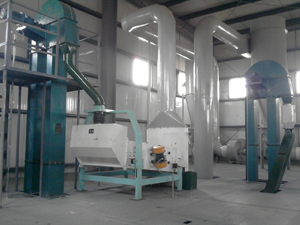
For small to medium-scale oil mills, energy efficiency and equipment maintenance are not just operational concerns—they directly impact profit margins. According to industry benchmarks, inefficient pressing processes can lead to up to 25% higher energy costs and 40% more unplanned downtime compared to optimized systems.
The sunflower oil extraction process typically involves four critical stages: cleaning, dehulling, pressing, and filtration. Each stage influences the next—poor performance at one step cascades into inefficiencies downstream.
“In our analysis of 37 mid-sized plants across Ukraine and Argentina, we found that 68% of high maintenance costs originated from inconsistent pre-processing (cleaning + dehulling).” — Dr. Lena Müller, Food Processing Engineer at AgriTech Solutions
Contaminants like sand or husk fragments increase wear on rollers and presses. A study by the International Oilseed Association shows that using automated air-sifting systems reduces abrasive damage by up to 35%. For smaller operations, investing in a simple vibratory cleaner with adjustable mesh sizes can improve throughput by 12–15% while cutting motor load.
| Process Stage | Typical Energy Use (kWh/ton) | Potential Reduction (%) |
|---|---|---|
| Cleaning | 12–15 | 10–15% |
| Dehulling | 8–10 | 12–20% |
| Screw Pressing | 25–30 | 15–25% |
Many operators overlook how pressure control affects both output quality and machine longevity. By implementing variable-speed drives (VSD) on screw presses, mills report an average 18% reduction in power consumption without sacrificing oil yield. Additionally, regular calibration of die gaps prevents overheating—a leading cause of bearing failure.
Pro tip: Schedule monthly inspections of the press chamber lining. Replacing worn liners early can prevent costly repairs and reduce oil contamination risk by over 30%.
Using multi-stage filtration—especially vacuum-assisted filters—can extend the life of downstream equipment by minimizing residue buildup. One Moroccan mill saw a 22% drop in filter replacements after switching from cloth to ceramic cartridges, saving approximately $1,200/month in consumables.

Whether you run a family-owned mill or manage a large facility, the path to lower costs isn’t about big investments—it’s about smart upgrades. Start with data-driven diagnostics, then scale automation based on your production volume and budget.
If you're ready to explore how to tailor these strategies to your specific setup, get your customized pressing efficiency plan today.

